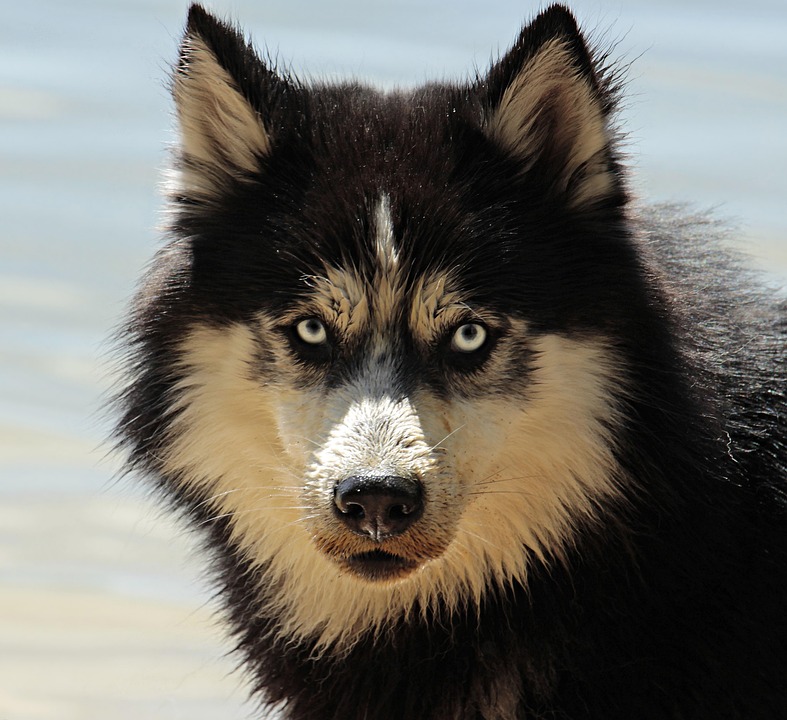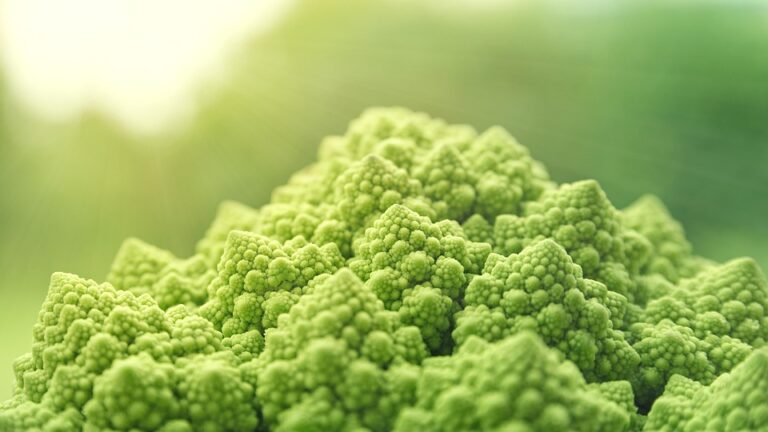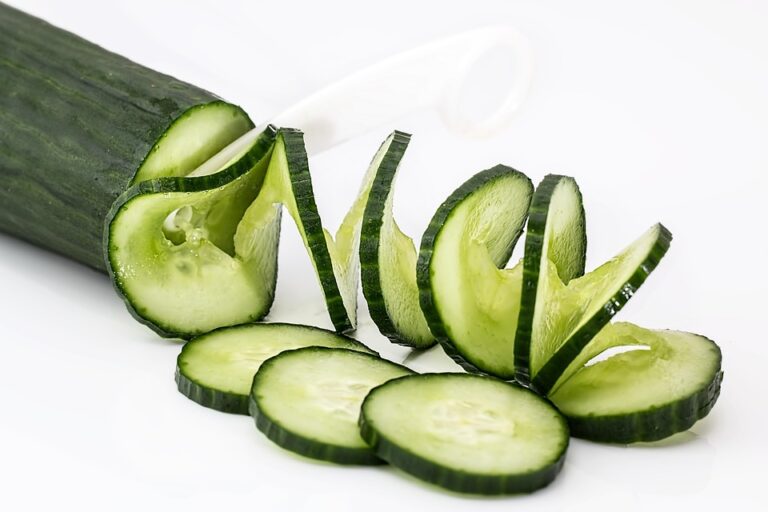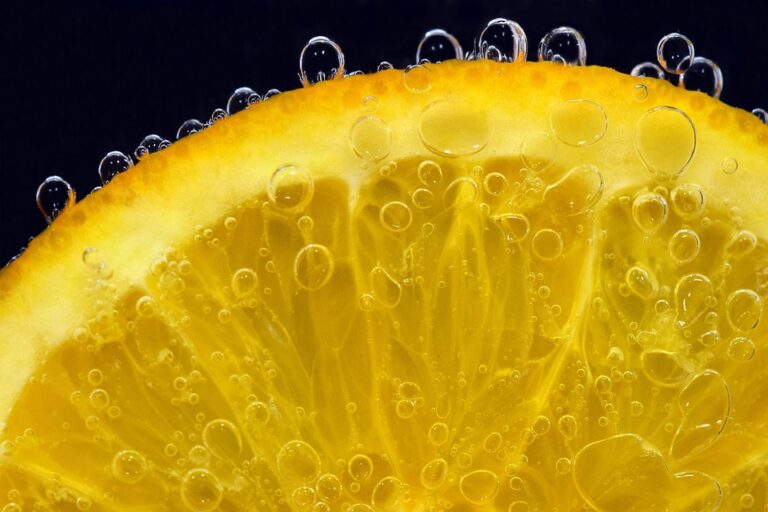
Exploring the Common Types of Grain-Free Dog Food: What Every Pet Owner Should Know
As pet owners, we often find ourselves questioning the best diet for our furry companions. One of the rising trends in canine nutrition is grain-free dog food, which has gained substantial traction in recent years. But why has this become such a popular choice? And is it genuinely beneficial for our dogs? Let’s delve into the various types of grain-free options available and consider what every discerning pet owner ought to know.
Understanding Grain-Free Dog Food
At its core, grain-free dog food is formulated without traditional grains such as wheat, corn, or rice. This adjustment primarily targets dogs that may have sensitivities or allergies to these ingredients. Yet, the question lingers: are grains inherently harmful to dogs, or is the grain-free trend merely a marketing ploy? According to the American Kennel Club, while some dogs do experience adverse reactions to grains, for many, these ingredients can be perfectly acceptable. This nuance is essential for any pet owner pondering a switch to grain-free diets.
The Key Ingredients
-
Protein Sources: The most significant advantage of grain-free diets often lies in their protein content. Many brands utilise higher levels of meat, fish, or plant-based proteins, which can enhance muscle development and overall vitality. However, not all protein sources are created equal. It’s vital to scrutinise the ingredient list. Look for identifiable meat sources like “chicken” or “salmon” rather than vague terms such as “meat meal”.
-
Alternative Carbohydrates: So, if grains are off the table, what fills the void? Common substitutes include sweet potatoes, peas, and lentils. These alternatives not only provide energy but also come packed with vitamins and minerals. Yet, it’s crucial to remember that excessive reliance on any single carbohydrate source can lead to nutritional imbalances. Variety is key to a well-rounded diet.
-
Fats and Omega Fatty Acids: Healthy fats play a pivotal role in maintaining a dog’s coat and skin health. Grain-free formulations typically incorporate sources like fish oil or flaxseed, which are rich in omega-3 and omega-6 fatty acids. These nutrients can be particularly beneficial for dogs with dry skin or allergies.
Potential Health Concerns
Despite their appeal, grain-free diets have sparked a considerable amount of debate within veterinary circles. A few studies have suggested a possible link between grain-free diets and canine dilated cardiomyopathy (DCM), a serious heart condition. While the research is ongoing, it’s a conversation worth having with your veterinarian before making any significant dietary changes.
Additionally, some grain-free options may be overly high in carbohydrates from non-grain sources, leading to potential weight gain or digestive issues. Always monitor your dog’s response to new foods and adjust portions accordingly.
Making the Transition
Switching your dog to a grain-free diet should be approached with care. Gradual introductions are recommended to avoid gastrointestinal distress. Mixing the new food with your dog’s current diet over a week or so can ease the transition. Observing any changes in behaviour, coat condition, and general health will provide valuable insights into how well your dog adapts to the new regime.
The Final Word
With a plethora of grain-free options flooding the market, it’s essential to arm yourself with knowledge. Understanding your dog’s specific needs, alongside consulting with a veterinary professional, can help you navigate the complexities of canine nutrition. As with any dietary choice, balance, quality ingredients, and awareness of potential risks should remain at the forefront of your decision-making.
At BargainsTrust, we continue to bring you curated information on various products, ensuring you stay informed about what’s best for your beloved pets. Whether you’re considering a grain-free diet or exploring other options, we’re here to help you make the best choices for your four-legged friends.







